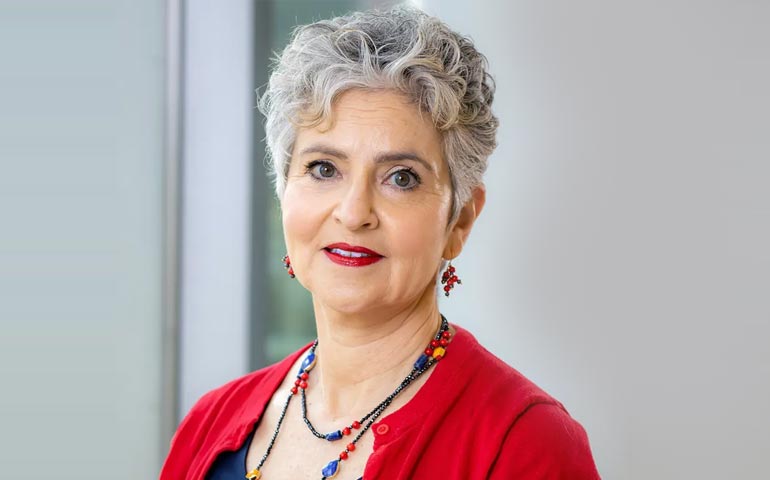SWAN investigator Dr. Siobhan Harlow discusses the challenges, contributing factors and coping methods for increased midlife menstrual flow
June 12, 2023, The New York Times
A New York Times article, “Here Come the Flash Periods,” chronicled the unexpected symptoms that can accompany perimenopause due to what one expert called “sputtering ovaries,” associated with declining ovarian reserve and increasingly irregular menstrual periods.
The report focused on a peer-reviewed SWAN study of 1,320 women co-authored by University of Michigan School of Public Health epidemiologist Dr. Siobhan Harlow documenting the frequency of and risk factors for prolonged bleeding, spotting and heavy bleeding during menopausal transition in an ethnically diverse population. Previous studies had been limited to white women participants.
Dr. Harlow’s study found that Black women were more likely to experience heavier bleeding than white, Chinese, or Japanese women.
Quoting directly from the article:
More than a third of women in the study, of which Dr. Harlow was a co-author, experienced periods that were so heavy they had to change their sanitary products every one to two hours for more than three days — compared with a more normal flow, which requires changing products every four to eight hours.
“At this life stage, it’s no longer true that women know when they’re going to bleed or how much they’re going to bleed,” Dr. Harlow said. Still, she added, this symptom is rarely studied or discussed among women themselves.
The study was co-authored by seven SWAN investigators and published online on the National Center for Biotechnology Information website.
Launched in 1994, SWAN, the Study of Women’s Health Across the Nation (SWAN), spans seven research centers and has recruited more than 3,000 participants across five racial and ethnic groups and a diverse range of socioeconomic backgrounds and cultures.
View Full New York Times Article ›







